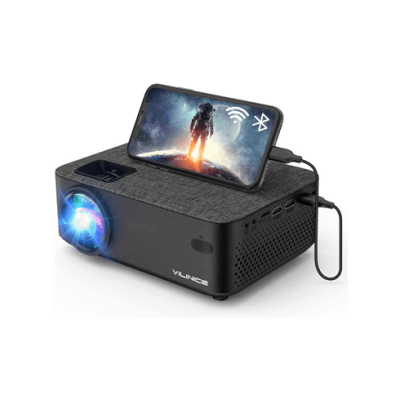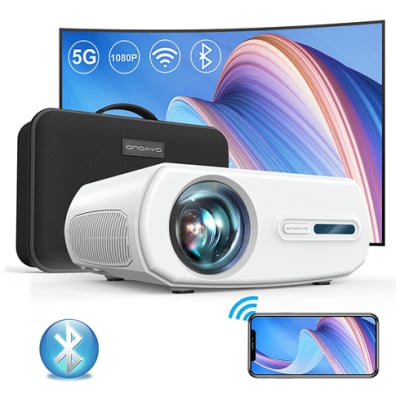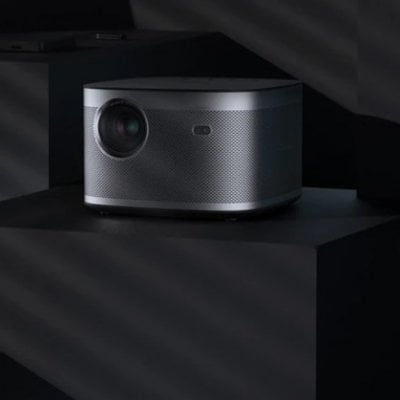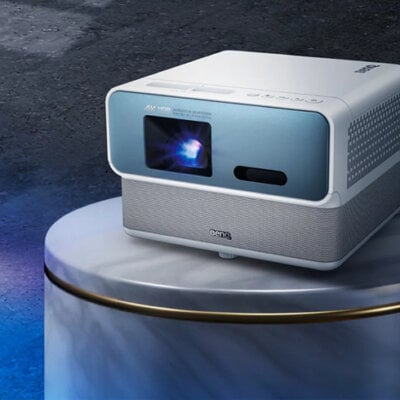Sequential color recovery (SCR) is one of the DLP technologies. If we need to understand the definition of Sequential color recovery technology, we first get familiar with several DLP color technologies and understand the differences between other DLP color technologies and Sequential color recovery technologies.

Basic principle of SCR:
The basic principle of continuous color compensation technology is similar to the following color wheel technology. The difference is that the surface of the color wheel adopts Archimedes principle spiral optical coating. The light collecting column (optical channel) adopts special gain technology, which can compensate part of the reflected light and greatly improve the brightness of the system (about 40%). However, the processing technology of the color wheel is relatively complex. At present, only a few projector manufacturers adopt it in their products. From the direction of technical development, this technology is very expected.

Differences between DLP technology and SCR
- RGB
RGB consists of red R, green G and blue B. The products of different manufacturers have different designs from the angles of red, green and blue. Generally speaking, the red angle is large, which can make up for the deficiency of image red. The premise of adopting the color wheel technology is that the optical machine part of the projector has sufficient brightness, otherwise it may bring the brightness problem of the image. At the same time, the color reduction of three-stage color wheel technology is relatively good.
- RGBW
RGBW is composed of red R, green G, blue B and white W. The purpose of adding white segment color is to further improve the brightness of the projector, which can generally be increased by about 20% compared with the three segment color wheel. But at the same time, this color wheel technology will also bring the problem of insufficient color restoration of the projector, distort the image color and reduce the image quality. In addition, in the design, the pulse signal can be synchronously locked in the w segment, and the pulse width corresponds to the w segment width, which can reduce the flicker of the picture to a certain extent. The technology is mainly used in conference rooms and teaching projectors.
- RGBRGB
RBGRBG is a color wheel composed of 6 colors. With the corresponding increase of color wheel speed (180hz) and more pictures processed per unit time. Therefore, this design effectively reduces the rainbow effect of moving image and edge, the video dynamic effect is better, and the color of image is richer and more gorgeous. However, due to the large separation of six color segments and the large time loss of the light collecting column passing through each color segment, the brightness of the projector is often relatively low. Therefore, a few projector manufacturers began to design and adopt 7-segment color wheel RBGRBGW technology to improve the brightness of the projector and reduce the flicker of the picture. This technology is mainly used for applications with high requirements for household consumption and video.




